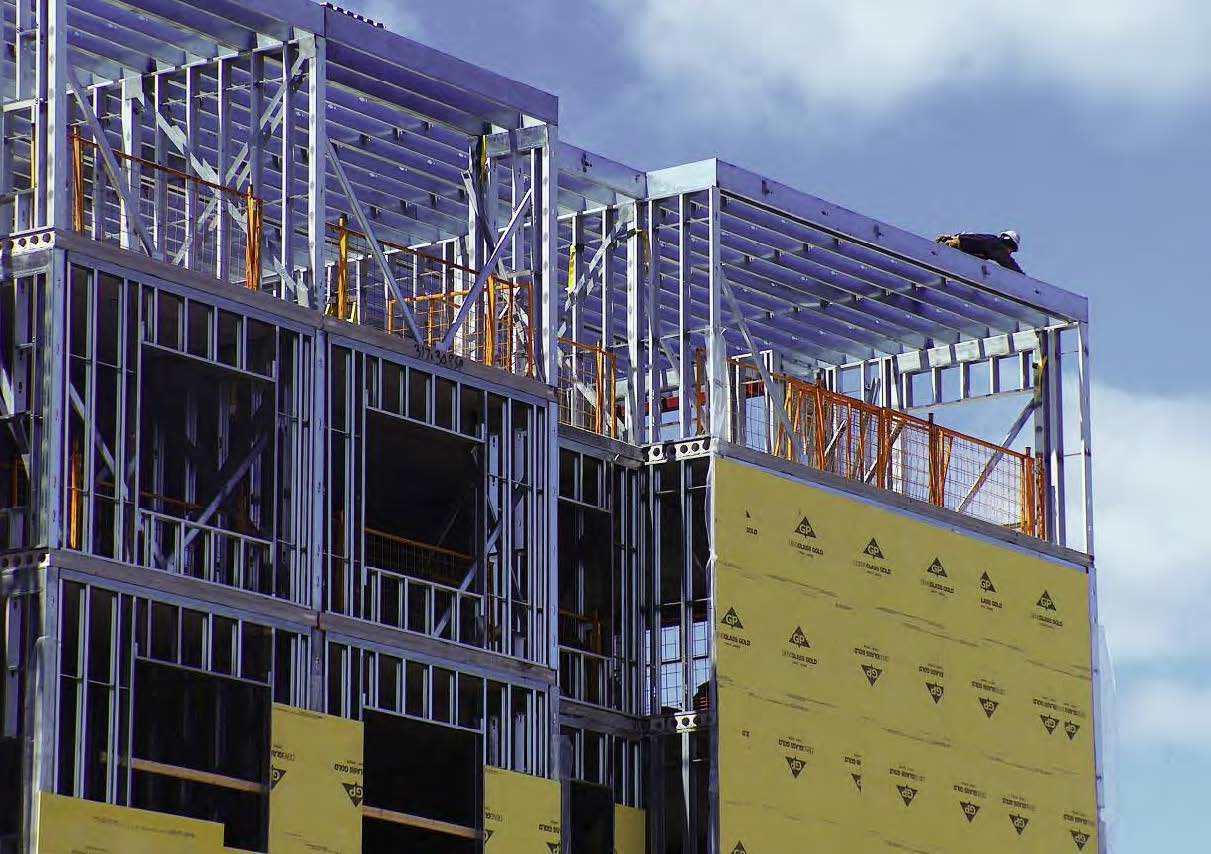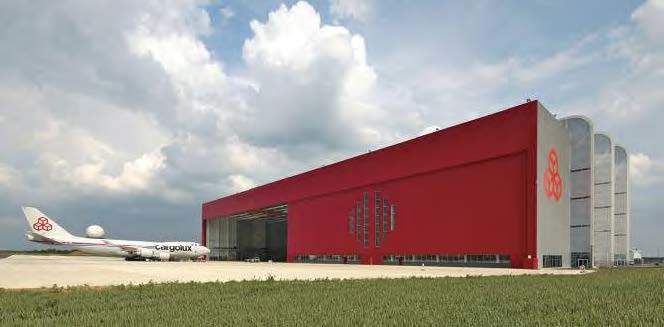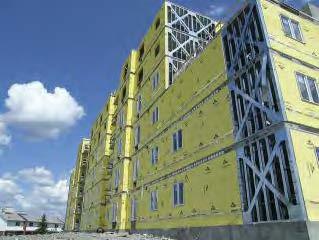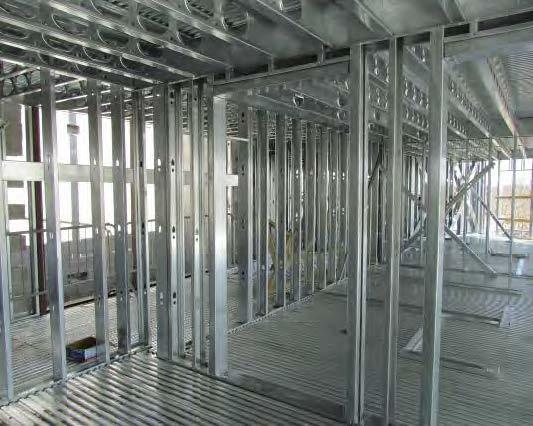ArcelorMittal Participating in the Green Revolution

Steel for Green Building Solutions
As society mobilizes to reduce our ecological footprint, pressure is building up on the construction industry to increase its contribution to environmental sustainability. And for good reason, since it has been calculated that by 2050, energy savings in construction could easily have a greater impact on global CO2 emissions than the combined environmental efforts of the entire transportation sector. As a major supplier, ArcelorMittal is determined to play a key role in the ‘green revolution’ in the building industry.
The use of prefabricated steel elements also speeds up construction while reducing the risks of accidents, pollution and neighbourhood nuisance on the construction site. Thanks to steel’s high strength-to-weight ratio, steel construction requires less material than traditional building technologies and contributes to reducing a building’s environmental impact, directly or through secondary savings (lighter foundation loads resulting in smaller foundations). Last but not least, steel can help make buildings more energy efficient, less costly and more comfortable. Hence, ArcelorMittal has very little doubt that steel has a key role to play in today’s move towards zero energy buildings.

Focusing on the use phase of buildings
The amount of energy required for lighting, heating and air conditioning a building over time far exceeds the energy used to build it. A high proportion of energy use is devoted to heat control, by artificially heating or cooling the building. The combination of a steel structure with insulation can drastically reduce energy losses. Combined with double skin systems and/or sandwich panels with pre-painted technology, it is possible to create a thermally efficient envelope, meeting the strictest energy standards. In addition, the outstanding air tightness of steel cladding and roofing systems will eliminate air leakage that contributes to energy waste.

Steel makes it so much easier to adapt buildings to new and innovative uses. A steel building characterized by the absence of load bearing walls is intrinsically more versatile and flexible than other types of structure. With its prefabricated, lightweight and fast-to-erect components, steel construction means buildings can easily be updated to new construction standards. Steel gives buildings a longer, healthier life. In other words: it helps the construction industry to pursue sustainability. The environmental advantages of steel as a building material are well documented and widely recognized. Steel is 100% recyclable, infinitely and without quality loss.

The social and environmental footprint of the building industry
Today, the building industry provides 5% to 10% of employment worldwide and it generates 5% to 15% of the global Gross Domestic Product. It also accounts for 40% of energy consumption, 40% of CO2 emissions, 30% of the consumption of natural resources, 30% of waste generation as well as 20% of water consumption. From this we may safely conclude that the social and environmental aspects of the construction industry are equally important.
